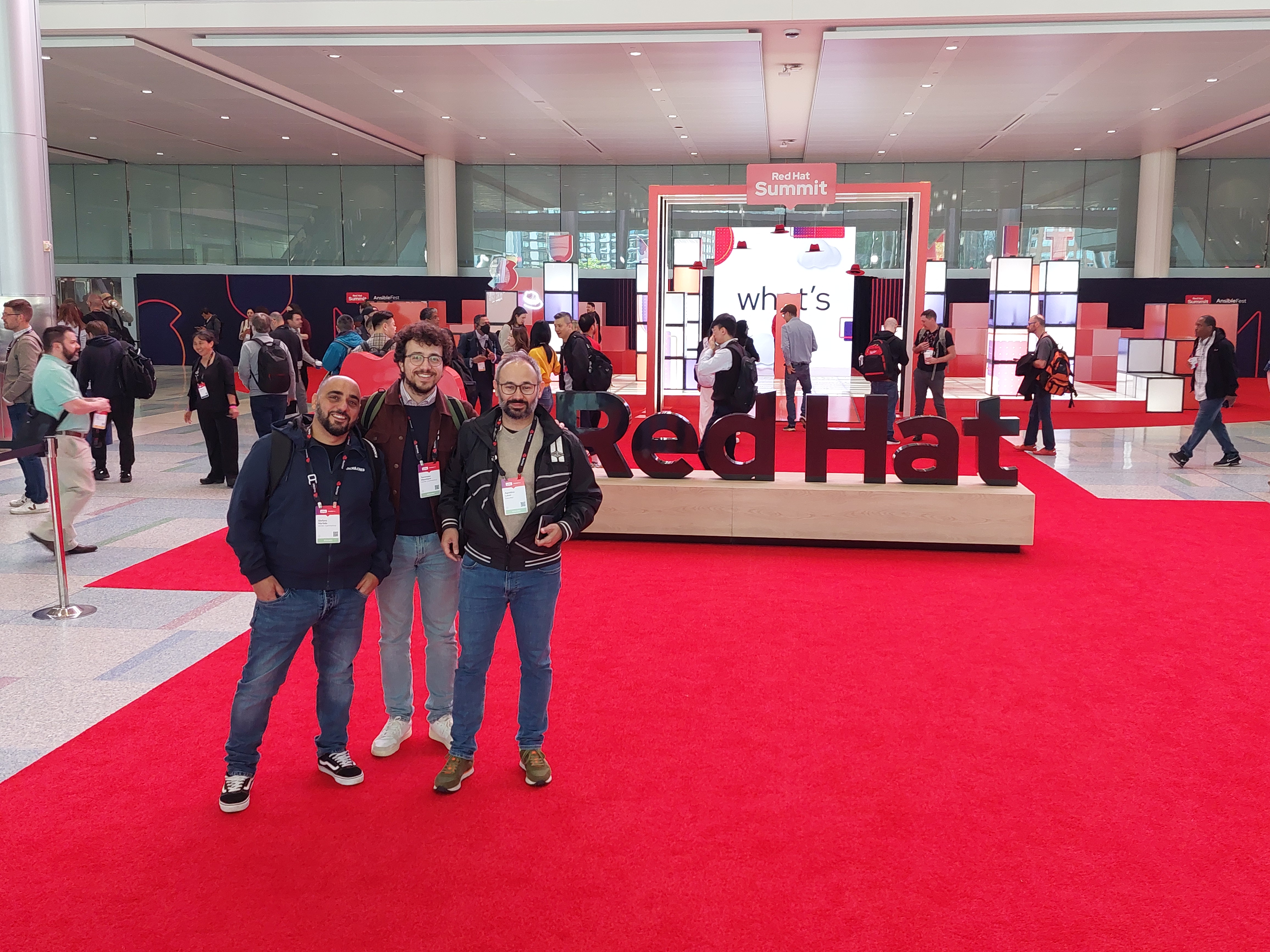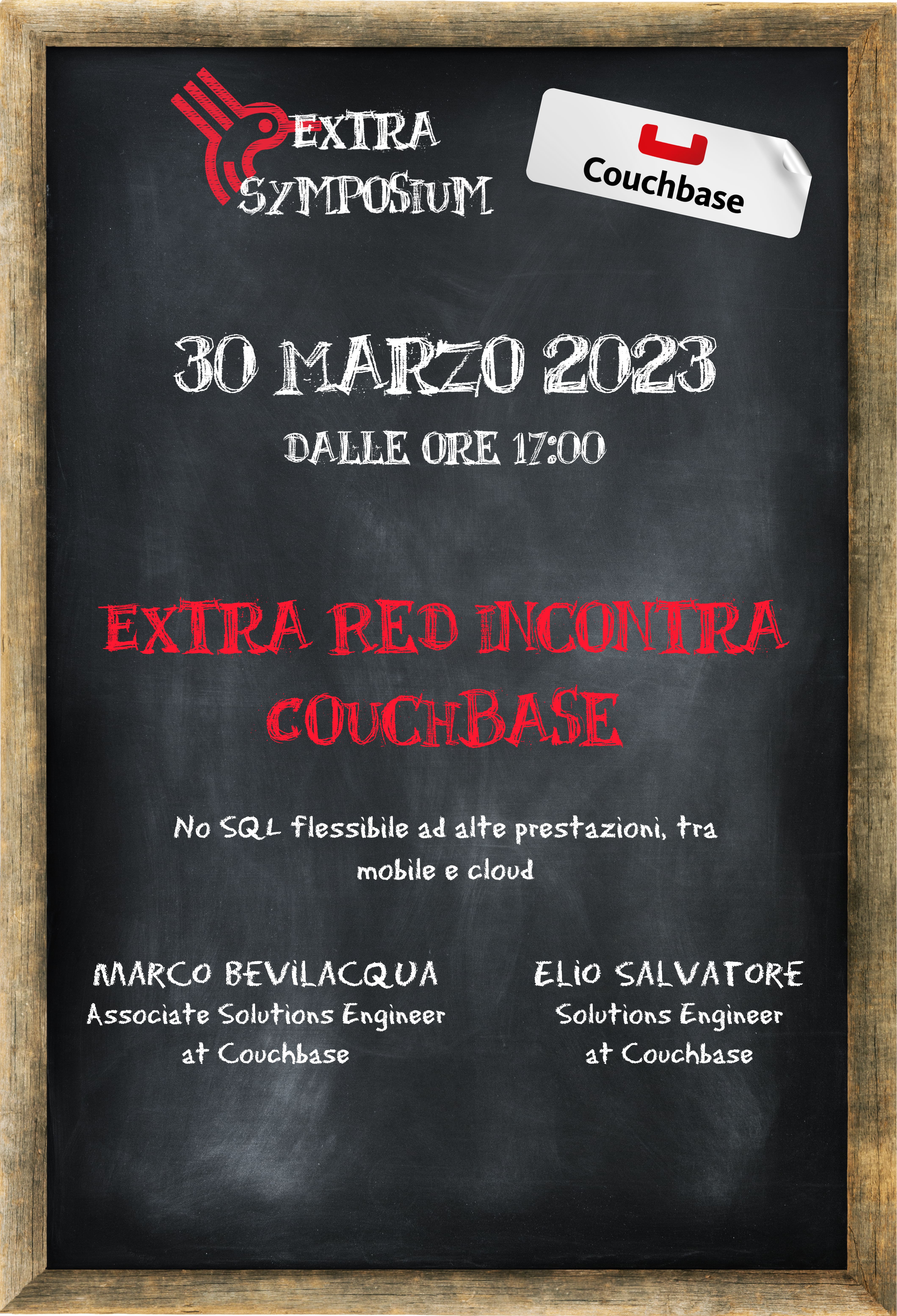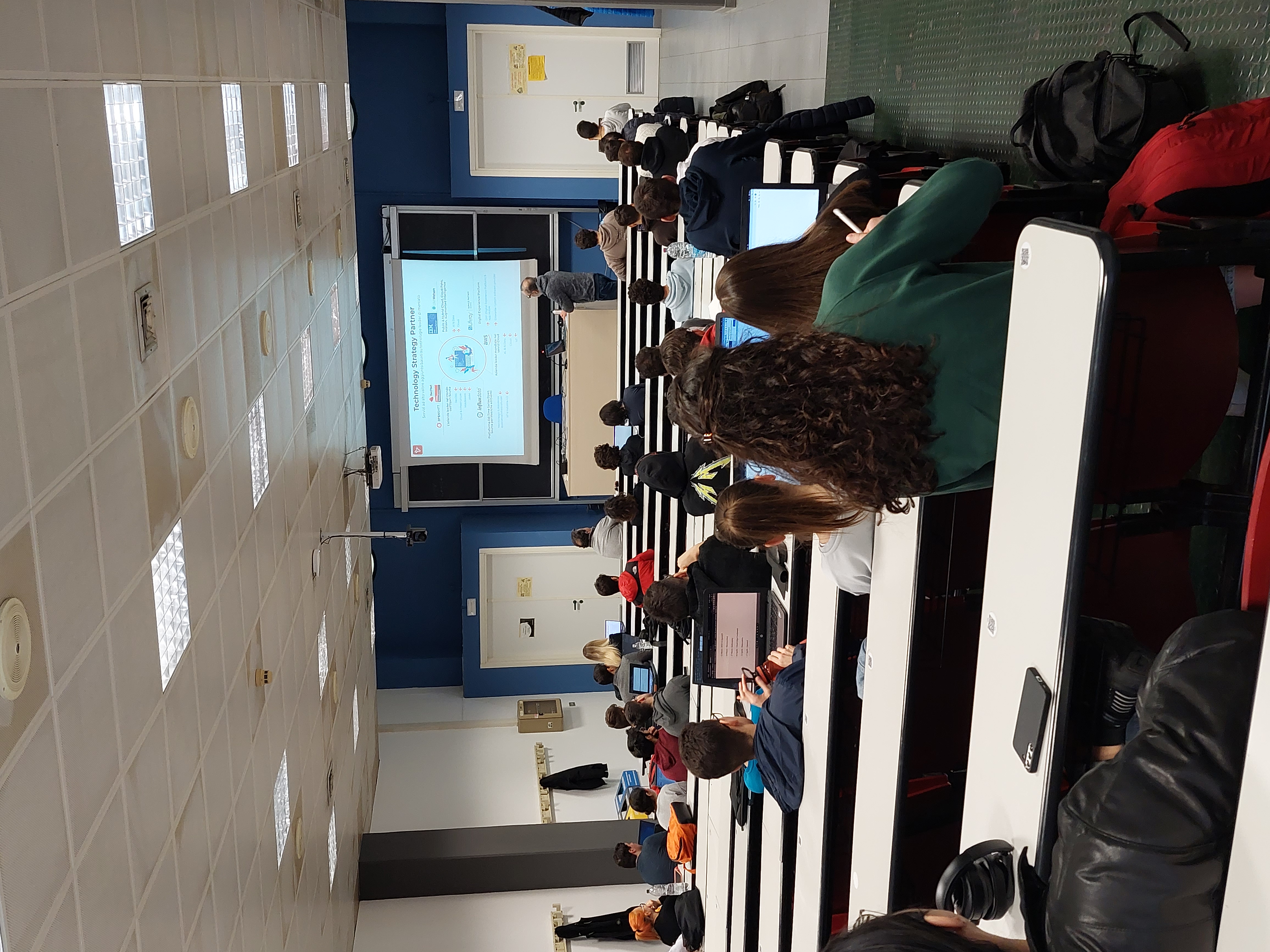8 Steps to Develop a Cloud-Native Application
MIDDLEWARE, CLOUD & DEVOPS
8 Steps to Develop a Cloud-Native Application

Software today is increasingly strategic: the way users interact with businesses and companies innovate to stay competitive depends on it. Therefore, the speed at which applications are developed and deployed is the new imperative of digital business. And speed is also one of the characteristics of cloud computing, which now represents not only a place to host data and workloads but also a model for software development.
The principles of the cloud can help modernize existing applications and create new ones, but there are rules to follow and precise steps to take to achieve a successful path towards the Cloud Native approach.
What is a cloud-native application?
A cloud-native application is an application designed to take advantage of cloud computing models in order to increase speed, flexibility, and quality while reducing deployment risks. Despite the name, the cloud-native approach does not focus on where applications are deployed but rather on how they are created, distributed, and managed.
Natively cloud-based approaches resemble microservice architectures. Although the latter can be one of the outcomes of implementing cloud-native applications, many steps are required to achieve the level of maturity necessary to manage microservices in production. That's why many companies choose to transition to "modular monoliths," inspired by the same principles as microservices but easier to adopt.
An 8-step journey to develop cloud-native apps
The path towards cloud-native application development and deployment is an evolution on multiple dimensions, involving culture, processes, software architectures, and technologies. As such, rather than being a destination to reach, it is a journey and represents a challenging change to adopt. The path that can lead you to cloud-native applications involves eight steps, or if you prefer, eight steps to take. Let's look at them one by one.
1. TRANSFORMING DEVOPS CULTURE AND PRACTICES
DevOps is not just a methodology but a way of thinking that allows for faster and better application development. Rapid adoption of innovative technologies and improved collaboration between teams are among the benefits. However, many companies struggle with this transformation: it is not enough to simply choose certain development and production tools or technologies; a more integrated and collaborative approach and new principles must also be adopted. The culture typically found in open-source projects can guide you in this journey, helping you to create prototypes more quickly, experiment with DevOps, and adopt more agile workflows.
The typical culture of open-source projects can serve as a guide on this journey, helping you to develop prototypes more quickly, experiment with DevOps, and adopt more agile workflows.
2. SPEEDING UP EXISTING APPLICATIONS USING FAST MONOLITHS
Getting rid of the past is not always a feasible option or a good idea. Many companies have existing legacy applications built on monolithic software architectures, and often these technologies are critical for the business, supporting service continuity and revenue generation. How can they be reconciled with the move towards a cloud-native approach?
In this journey, legacy applications often cannot be replaced but rather need to be integrated with cloud-native ones. Therefore, it is necessary to make existing monoliths faster by transitioning them to modular architectures based on services. A "fast monolith" represents an intermediate alternative between the old approach and microservices, offering similar agility advantages with fewer difficulties and risks.
3. USING APPLICATION SERVICES TO SPEED UP DEVELOPMENT
Software developers know the art of recycling: the ability to reuse parts of an application is an effective shortcut. Cloud-native applications are no exception, but their reusable components must be optimized and integrated into the underlying cloud infrastructure in order to realize real benefits. Instead of creating caching services, rules engines, workflow engines, integration connectors, API management functions, data virtualization services, messaging services, and more from scratch, existing elements can be used. Whether they are Software-as-a-Service (SaaS), Platform-as-a-Service (PaaS), or integration Platform-as-a-Service (iPaaS) offerings, these application services are ready-to-use tools for developers, optimized and integrated into the underlying container-based infrastructure.
4. CHOOSING THE RIGHT TOOL FOR EACH TASK
Artificial intelligence, Internet of Things, autonomous driving vehicles, image recognition, data mining, and more: these areas require different frameworks, languages, and software development approaches, depending on the purpose of the application. This complexity calls for container-based platforms capable of supporting the right mix of frameworks, languages, and architectures, and being continuously updated based on technological advancements. In cloud-native projects, it is also necessary to choose the most suitable tool for each specific task.
5. PROVIDING A SELF-SERVICE AND ON-DEMAND INFRASTRUCTURE
Agile methodologies help developers create and update their software more quickly. However, when an application goes into production, accessing the infrastructure in a timely and efficient manner becomes challenging. Submitting a ticket and waiting weeks for IT to release resources is no longer sustainable. Often, unauthorized solutions are adopted to avoid waiting, fueling "shadow IT."
The alternative is to allow developers to access the infrastructure whenever and however they want, while ensuring IT operations personnel have visibility and control over a dynamic and complex environment. Containers and related orchestration technologies abstract and simplify access to data centers, private clouds, and public clouds. Container platforms add self-service tools, automation, and application lifecycle management capabilities to the mix.
6. AUTOMATING IT TO SPEED UP APPLICATION DEPLOYMENT
Eliminating manual procedures is essential for accelerating the release of cloud-native applications. By defining repeatable processes, rules, and frameworks, automation can apply to any task or component, from networking to resource provisioning, application deployment, and configuration activities. It is important to consider any operation or element that can be automated, but it can be done gradually, starting with specific aspects (such as computing, storage, network communication, or provisioning) and building upon that foundation. Over time, integrated and large-scale automation results in increased efficiency, faster DevOps, and innovation.
7. IMPLEMENTING CONTINUOUS DELIVERY AND ADVANCED DEPLOYMENT TECHNIQUES
Long release cycles lead to delays in discovering and resolving bugs. They also hinder adaptation to market changes and customer demands. In data-intensive applications such as mobile, web, and IoT, an unresolved defect can result in security issues, poor user experience, or reduced productivity.
Agile development methodologies have created a model for rapid and frequent releases, while DevOps and Continuous Delivery approaches have expanded on this model by bringing together development, operations, quality control, and security. Teams engaged in different activities must work together to improve the software delivery process. Continuous Integration/Continuous Delivery (CI/CD) pipelines involve continuous feedback and changes, speeding up testing operations, vulnerability scanning, security compliance, and regulatory checks. Various techniques can be employed to achieve this approach, such as verifying the outcome of different versions in controlled environments, testing them on small groups, or updating only specific instances instead of the entire application. This reduces the risks of malfunctions and speeds up the process.
8. EVOLVING TOWARDS A MODULAR ARCHITECTURE
A microservices-based architecture offers numerous advantages: it is more granular, lightweight, and allows for the reuse of elements and processes across different applications. However, adopting this approach may require investments and capabilities that are not common to all companies, making it a daunting or destabilizing task.
A "monolith-first" approach to microservices can be a solution: applications are initially developed as monoliths and may transition to a microservices architecture after assessing what the application knows and can do. Alternatively, mini-services can be created, which are collections of services divided by domain and typically run on an application server. This solution improves the agility and scalability of applications without the complexity of a microservices-based infrastructure. However, investments in Agile methodologies, DevOps, and CI/CD are still required.
Discover how to speed up application deployment with containers!
article Download the eBook! (in Italian)
other articles on the topic

Extra Red at the Red Hat Summit: Connect 2025 Rome

Extra Red was a key player at the "It's All CIO & Technology conference"
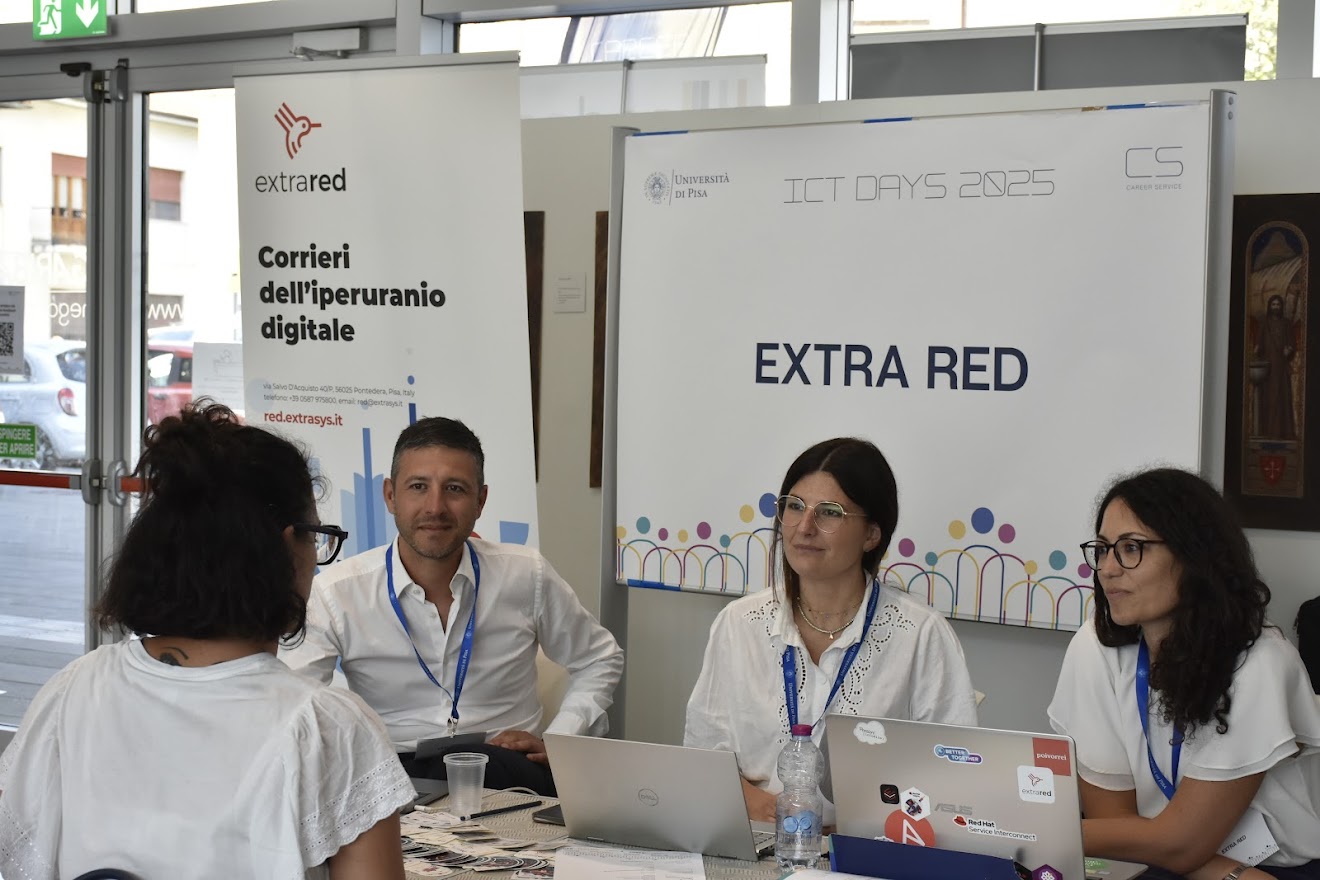
Extra Red at the ICT Days of the University of Pisa
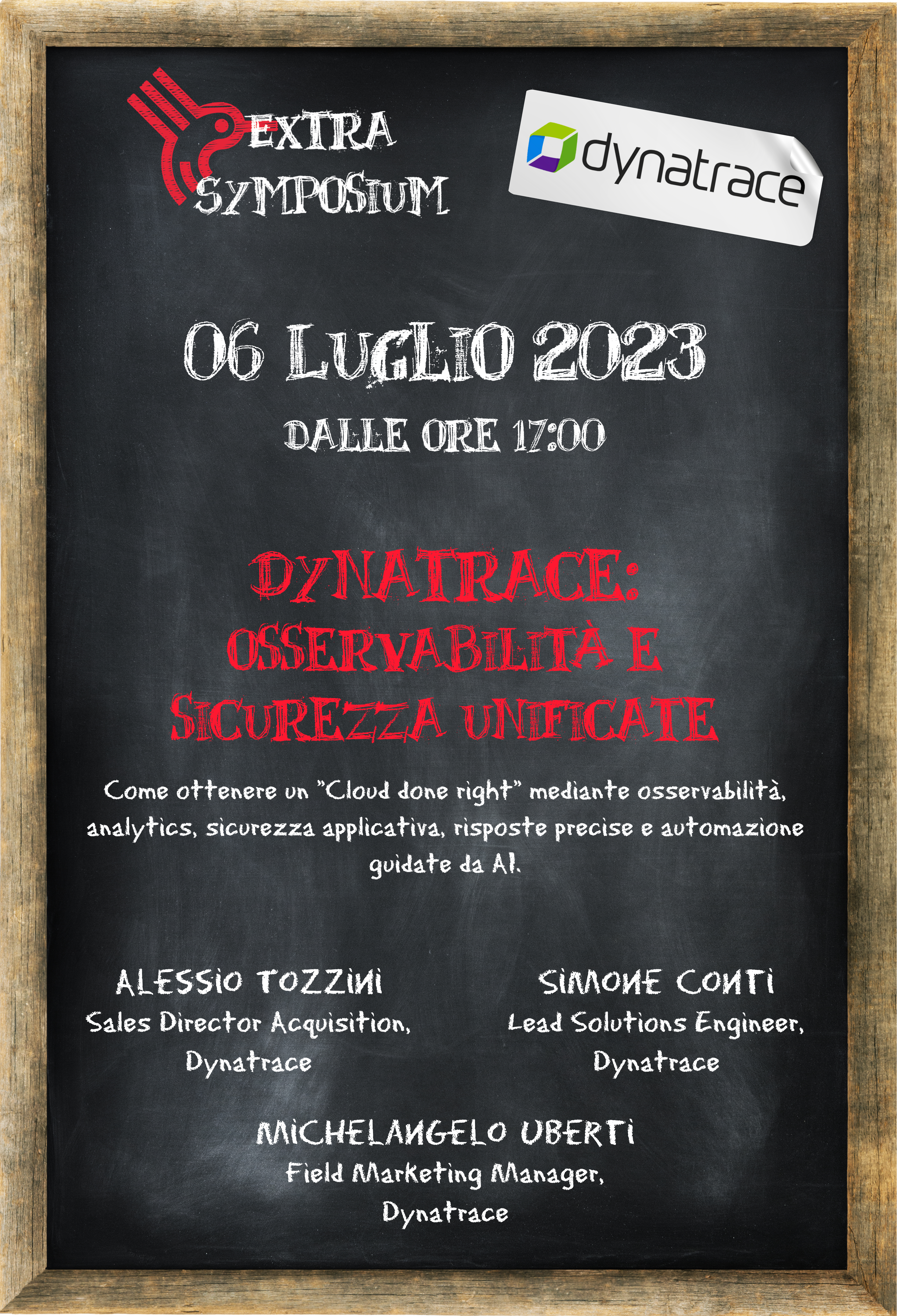
Dynatrace: Unified Observability and Security
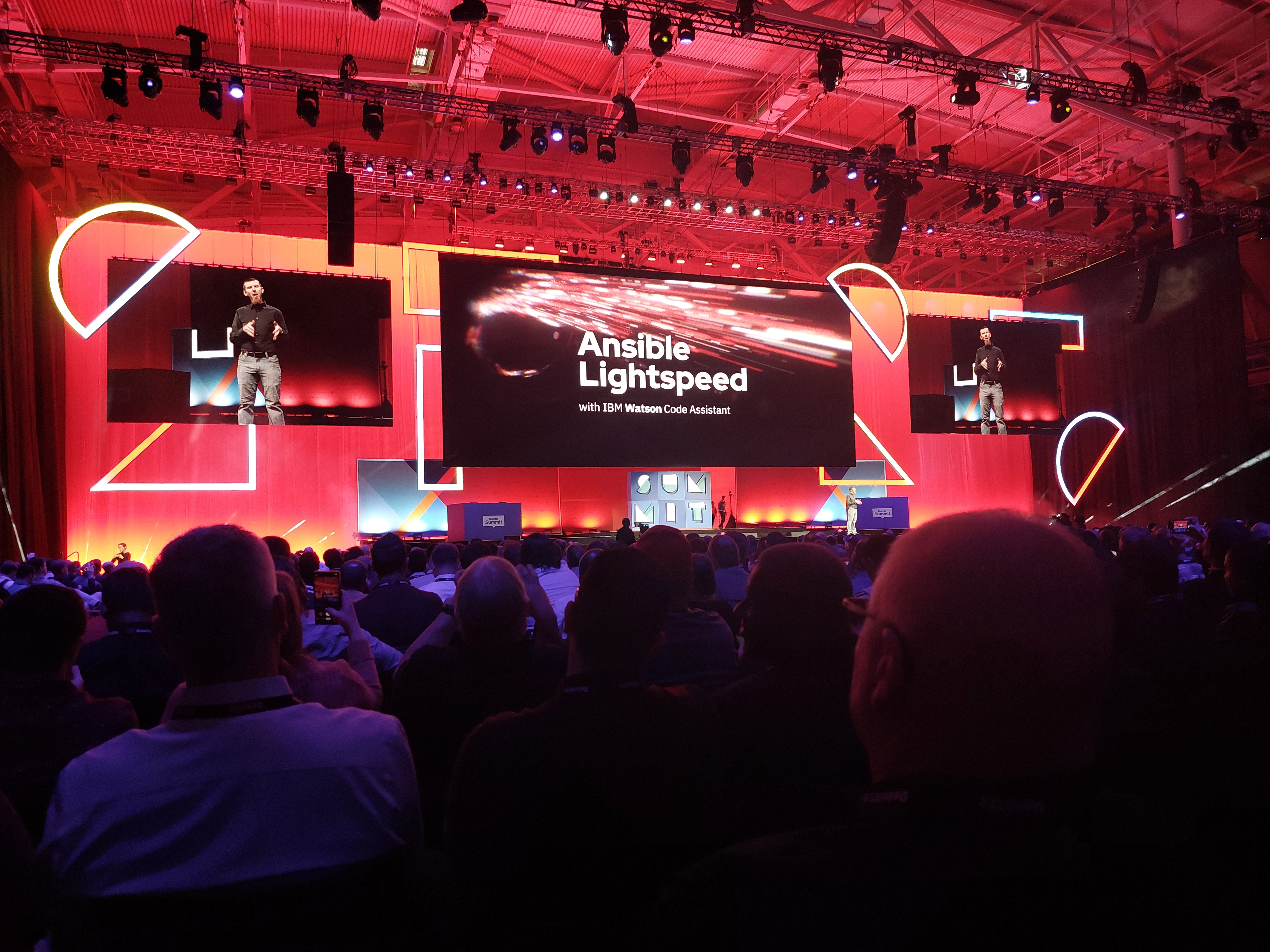
Red Hat Summit 2023 Boston

Red Hat Advanced Cluster Management
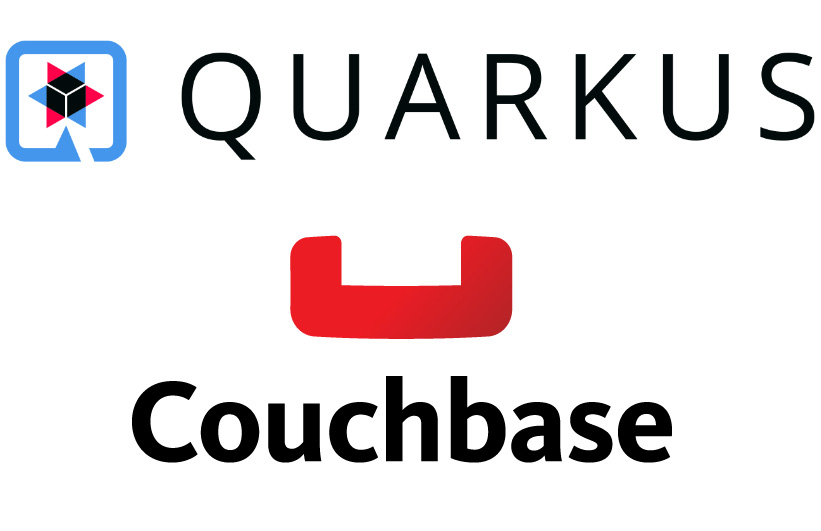
Quarkus & Couchbase: a simple REST example




